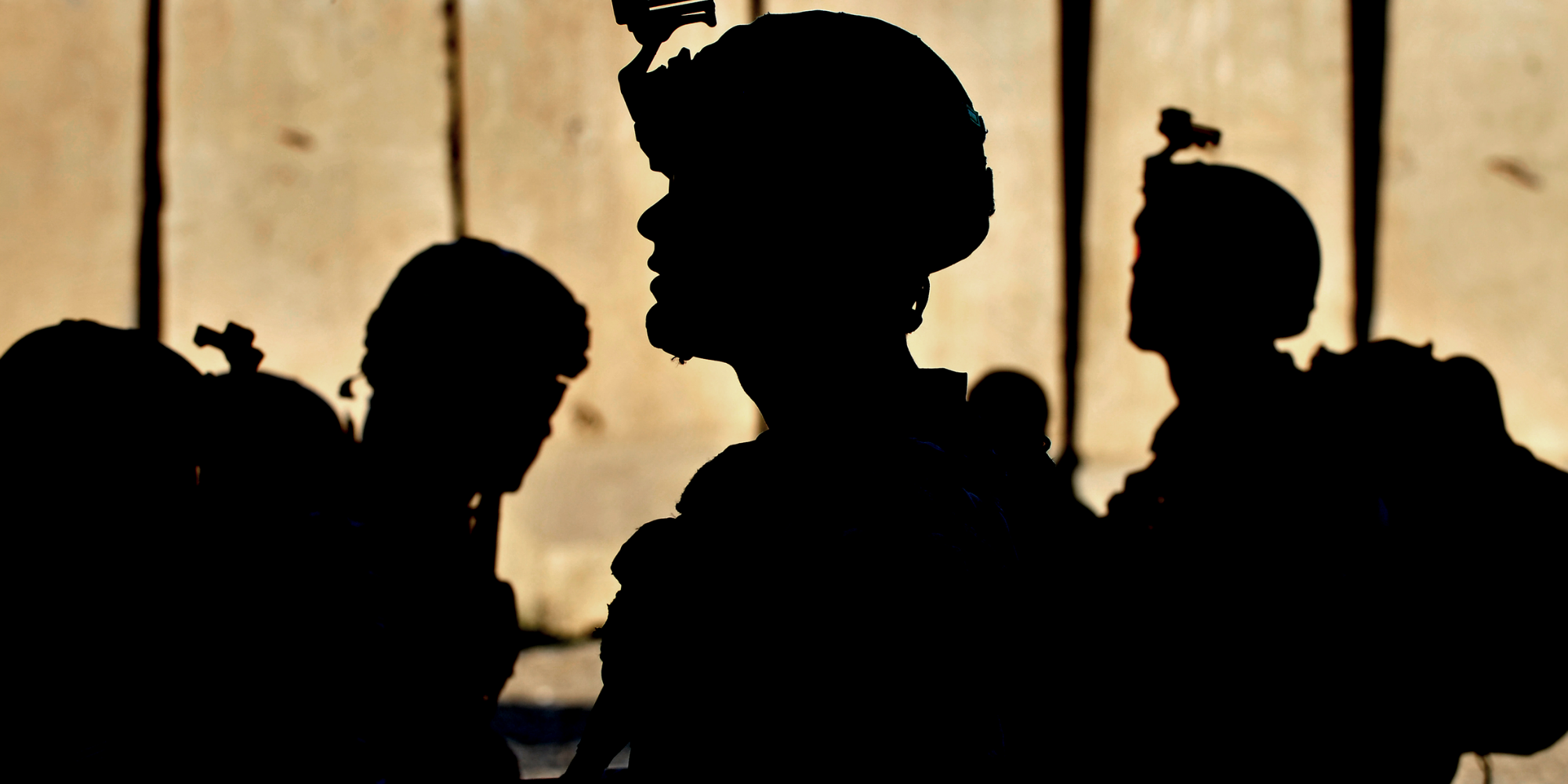WASHINGTON (AP) — The U.S. Army has prosecuted about 1,900 cases of desertion since 2001, despite tens of thousands of soldiers fleeing the service in the face of deadly combat, long and multiple deployments in Iraq and Afghanistan and strains on military families.
Videos by Rare
More than 20,000 soldiers have been dropped from the rolls as deserters since 2006, Army data show. Totals for earlier years weren’t available, but likely include thousands more.
In trial cases over the last 13 years, about half the soldiers pleaded guilty to deserting their post. Another 78 were tried and convicted of desertion.
Desertion is relatively easy to prove, former Army lawyer Greg Rinckey said, but circumstances such as post-traumatic stress or family problems are also taken into account.
“A lot of deserters suffered from PTSD or other mental health issues, or they were on their second or third deployment,” said Rinckey. Numbers spiked as soldiers began returning to the battlefront, sometimes for up to 15 month deployments.
Some disappearances involved divorce issues or sick children, he said. In other cases, soldiers deserted bases in the United States. Many are of these are handled without going to court martial, with soldiers administratively punished or sometimes medically discharged.
Soldiers who avoid deployment or leave posts in combat zones are more serious cases, particularly if the deserter is responsible for standing guard or protecting others in dangerous places.
“Those are looked at very harshly,” said Rinckey, now a partner with the Washington law firm Tully Rinckey, “because commanders have a unit of other people who are looking at that soldier and saying, ‘I don’t want to go either,’ so obviously there has to be an example made.”
Rinckey and other military officials say the Bergdahl case will be difficult. It’s now in the hands of Gen. Mark Milley, head of U.S. Army Forces Command at Fort Bragg, N.C.
Even if Milley concludes Bergdahl deserted his post, he may consider mitigating circumstances while weighing whether to charge the soldier with desertion or being absent without leave (AWOL). He may also handle the matter administratively.
Milley has broad discretion, Army spokesman Wayne Hall said. Beyond court martial, possible actions include counseling, a reprimand, forfeiture of pay, reduction in rank or involuntary separation from the military.
Bergdahl could receive an honorable, general or other than honorable discharge. That decision can determine whether he gets as much as $300,000 in back pay and other benefits, including continued health care.
Bergdahl deliberately walked away, an initial U.S. military investigation found in 2009 based on available evidence. Since his release, some who served with him have called him a deserter and said he should be held accountable for leaving his post. Others have said troops were put in danger, and even killed, as they searched for Bergdahl.
The maximum punishment for desertion during a time of war is death. That outcome is highly unlikely. Only one service member, Pvt. Eddie Slovik, was executed for desertion since the Civil War. Slovik, 24, was shot by a firing squad in January 1945. His execution, approved by then-Gen. Dwight D. Eisenhower, was kept secret by the Army until nine years later.
Bergdahl was handed over to U.S. special forces in Afghanistan in May in an exchange for five top Taliban commanders who were imprisoned at Guantanamo Bay, Cuba.



